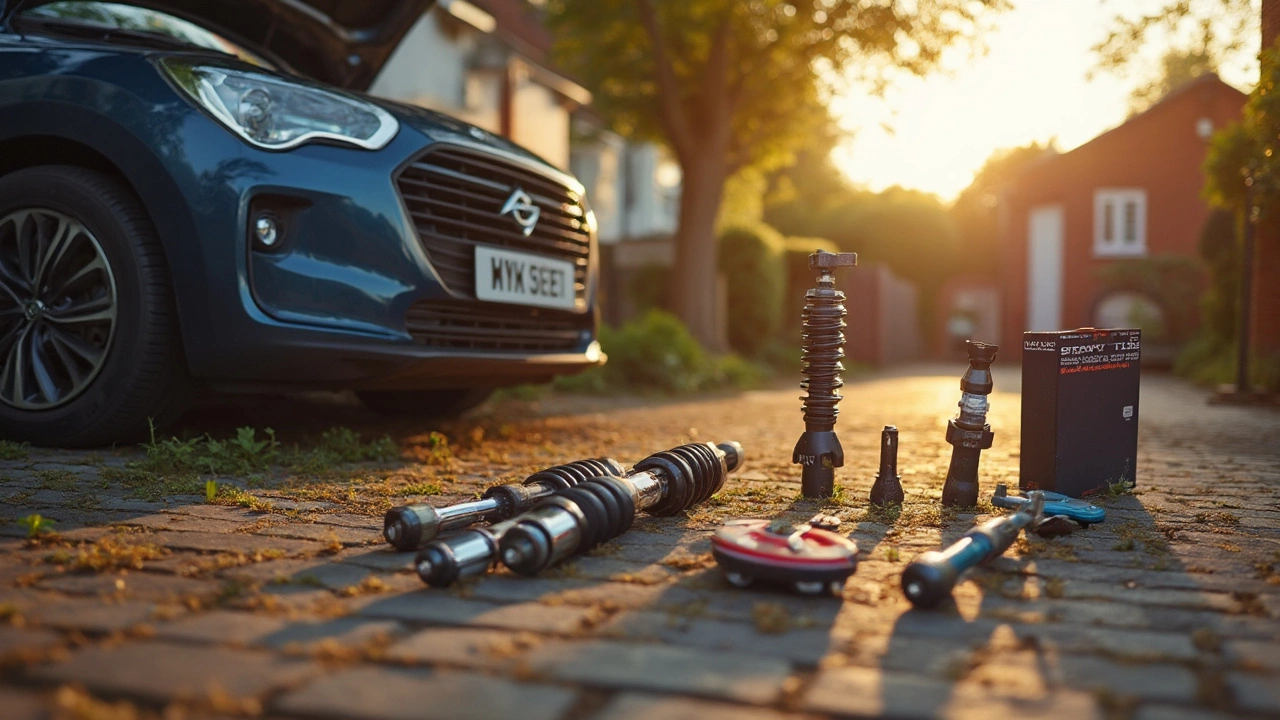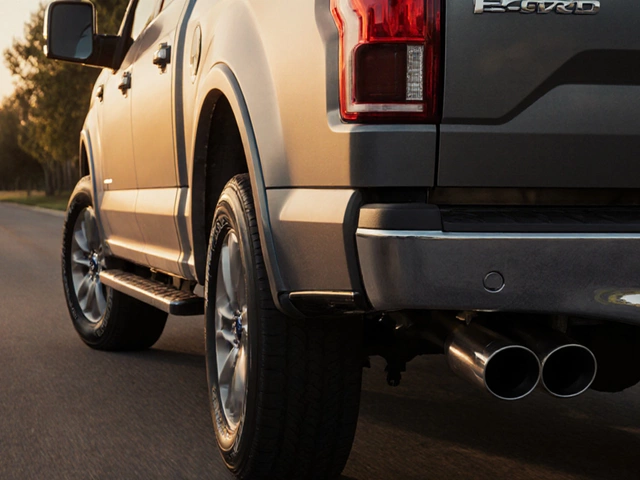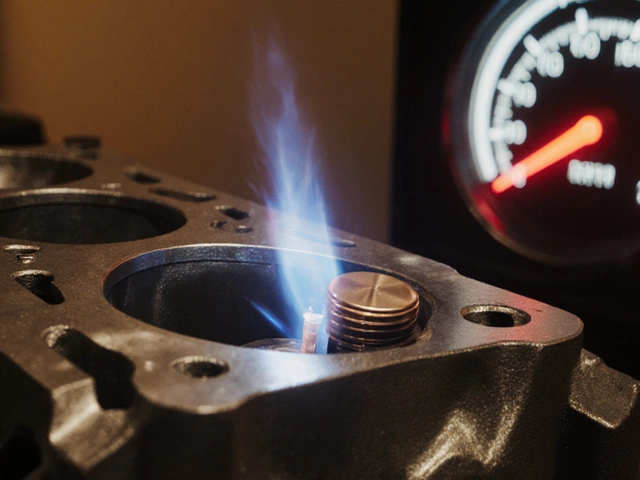Car Handling: How to Keep Your Ride Safe and Smooth
Ever felt your car wander on a bend or shudder over a pothole? That’s a handling issue, and fixing it doesn’t have to be a mystery. Below you’ll find the basics that affect how your car reacts to your steering, plus simple steps you can take today to feel more confident behind the wheel.
Key Elements That Affect Handling
The first thing to remember is that handling is a team sport – tyres, suspension, brakes, and steering all work together. If one part is off, the whole feel changes.
Tyres are the only contact point with the road, so tread depth, tyre pressure, and alignment are critical. Low pressure makes the sidewalls flex, which blurs your steering response. Over‑inflated tyres reduce the contact patch, making the car feel “twitchy.” A quick check with a pressure gauge and a visual tread scan can save you a lot of wiggle later.
Suspension controls body roll and keeps the wheels planted. Worn shocks or a bent suspension arm can let the car lean excessively in corners, reducing grip. If you notice a clunk when you go over bumps or the car feels soft after a night of rough driving, it’s time to inspect the shocks, struts, and any bent components.
Brakes aren’t just for stopping; they help balance the car during corner entry. Uneven brake pads or a warped rotor can pull the car to one side when you brake, unsettling the handling. Regularly check pad thickness and listen for squeal or pulsation – both are signs you need a service.
Steering linkage parts like tie‑rods and ball joints wear out with mileage. Play in the steering wheel, a vague wandering feel, or a knocking noise when you turn are red flags. Replacing worn tie‑rods restores crisp direction changes.
Quick Fixes and Maintenance Tips
Now that you know the big players, here are some easy actions you can take this weekend.
1. Check tyre pressure – Use a handheld gauge and set each tyre to the manufacturer’s recommended PSI (usually found on the driver’s door jamb). Do it when the tyres are cold for the most accurate reading.
2. Rotate tyres – Switching front to rear and left to right every 5,000‑7,000 miles evens out wear, extending life and keeping handling predictable.
3. Inspect shock absorbers – Push down on each corner of the car; it should bounce back smoothly, not keep bouncing. Any prolonged rebound means the shocks need replacement.
4. Look for suspension damage – Spot‑check for bent arms or cracked bushings after hitting a big pothole. Even a slight bend can throw off alignment and cause uneven tyre wear.
5. Test your brakes – Find a safe stretch, accelerate to about 30 mph, then gently apply the brakes. If the car pulls to one side, have the brake system inspected.
6. Keep steering components lubricated – A few drops of grease on the tie‑rod ends can eliminate play and give you a tighter steering feel.
7. Get a wheel alignment – If you notice uneven tyre wear or the car drifting on a straight road, a professional alignment will set the camber, caster, and toe back to spec.
These steps are cheap, quick, and make a noticeable difference. If you’re still unsure why your car feels off, consider a full inspection at a trusted garage like Northwich Tyres Centre. Their team can spot hidden suspension cracks, brake issues, and alignment problems before they become costly repairs.
Remember, good handling isn’t about expensive upgrades; it’s about keeping the basics in top shape. Regular checks, timely tyre rotations, and addressing any noises early will keep your car glued to the road and your confidence high. Drive safe, stay aware of how your car feels, and enjoy a smoother ride every day.
 3 June 2025
3 June 2025
How to Make Your Car Suspension Softer: Easy Tweaks That Matter
Want a smoother ride from your car? This guide covers fast and practical ways to make your car suspension softer using tweaks and upgrades that actually work. From changing parts to making simple adjustments, this article explains each step without the technical jargon. You'll also get warnings about what could go wrong if you overdo it. Perfect for anyone tired of feeling every bump on the road.
Latest Posts
-

Understanding the Risks of Driving with Low Engine Oil
-

How to Recognize Signs of Bad Front Suspension in Your Vehicle
-

Does a MagnaFlow muffler increase horsepower? Real-world performance facts
-

Diagnosing Fuel System Issues: Fuel Filters vs. Fuel Pumps
-

Do Spark Plugs Add Horsepower? Myths, Facts, and How to Choose the Right One

0